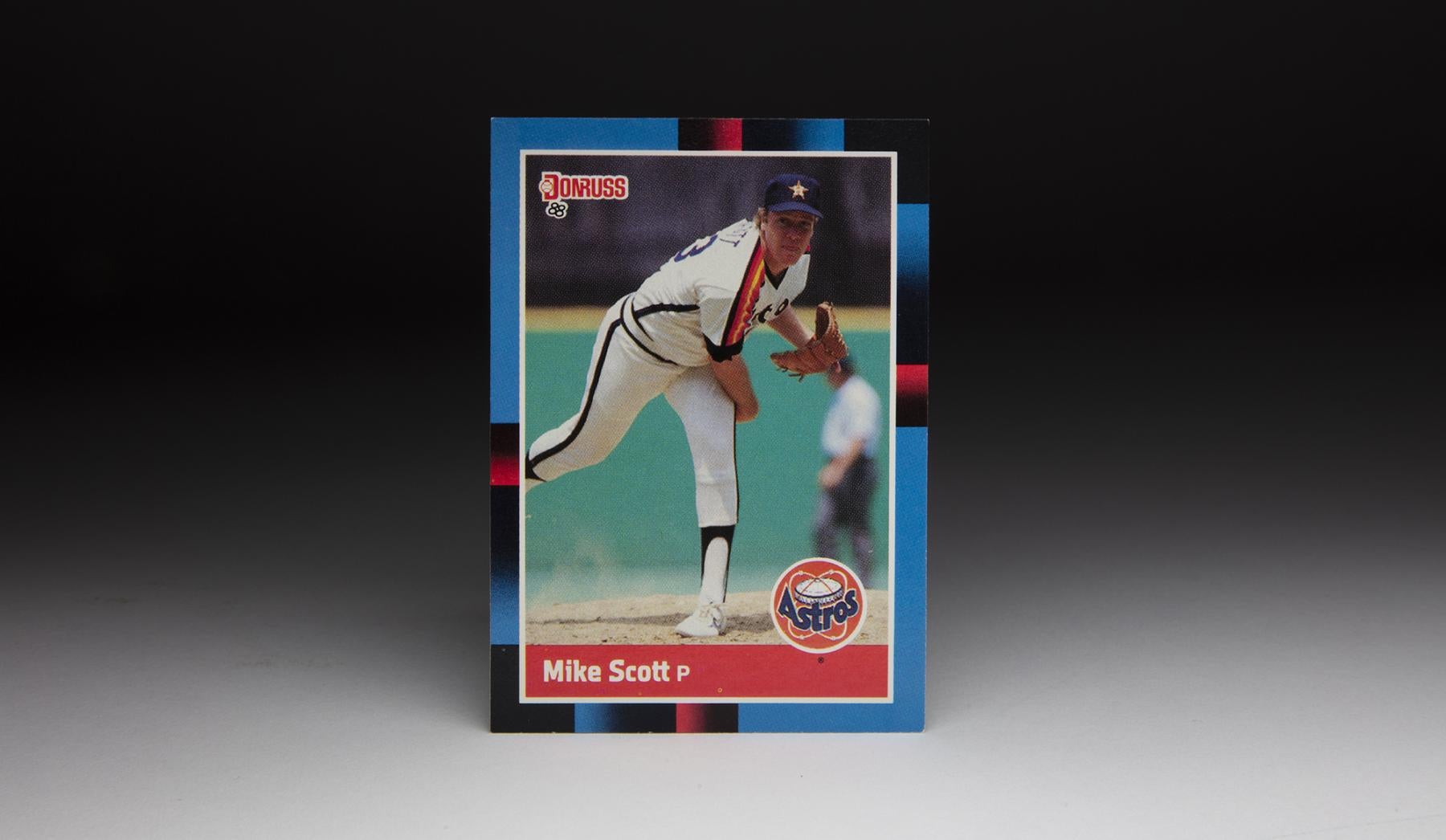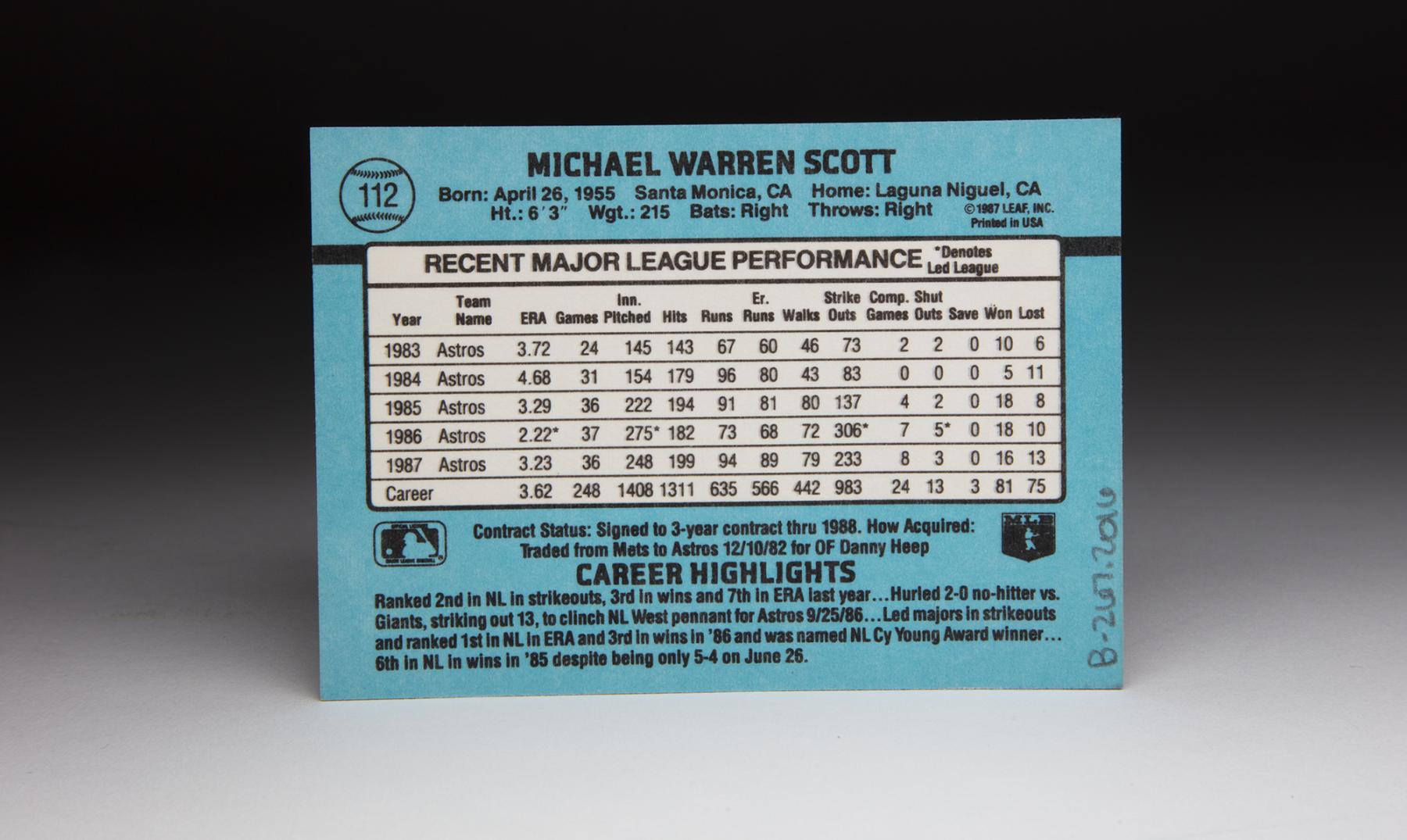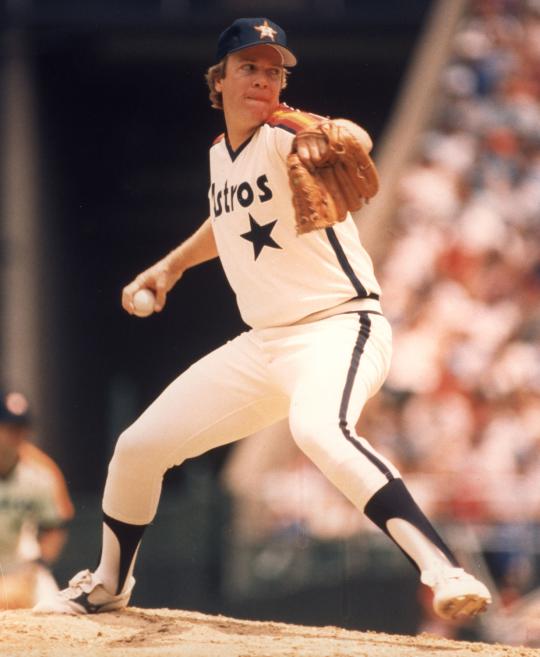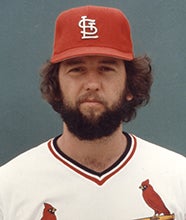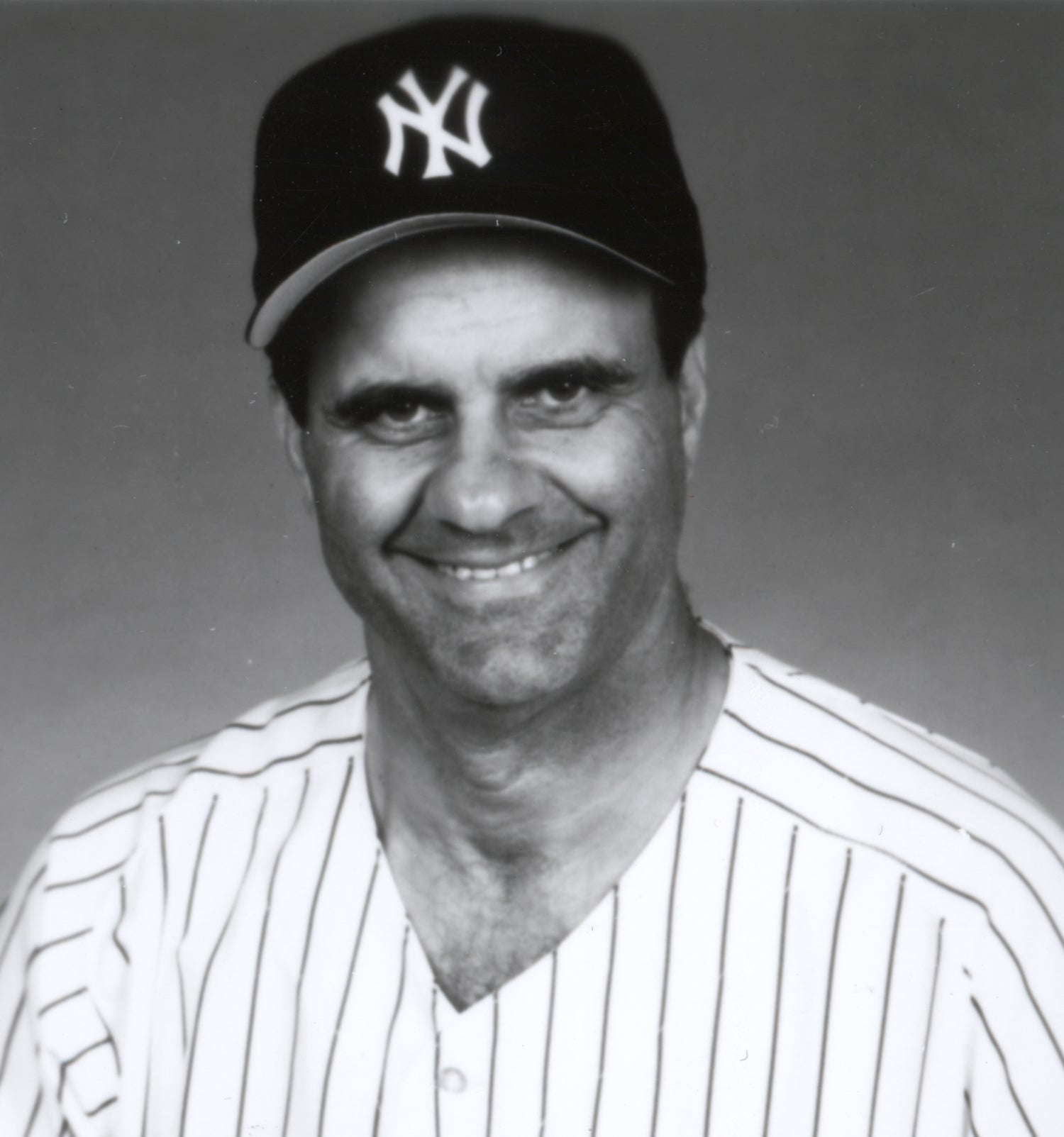- Home
- Our Stories
- #CardCorner: 1988 Donruss Mike Scott
#CardCorner: 1988 Donruss Mike Scott
As Game 6 of the 1986 National League Championship Series rolled into extra innings, the baseball universe kept pondering the same question:
If the Astros win this game, do the Mets have any hope in Game 7 against Mike Scott?
Jesse Orosco’s strikeout of Kevin Bass with two on and two out in the bottom of the 16th inning ended the game and the series, wrapping up the Mets’ 7-6 win and sending New York to the World Series.
The potential Game 7 was relegated to one of baseball’s great “what if” scenarios.
Scott, the 1986 NL Cy Young Award winner, parlayed his dominant split-finger fastball into a late-career rise that saw him become one of the game’s top pitchers. Perhaps only Hall of Famer Bruce Sutter connected success more directly to a pitch that became baseball’s biggest weapon for more than a decade.
Born April 26, 1955, in Santa Monica, Calif., Scott attended high school in nearby Hawthorne, Calif., where he played basketball and baseball and enjoyed the California life as a surfer. Undrafted out of high school, Scott enrolled at Pepperdine University, where his fastball-curveball-slider mix made him an instant success on the diamond. As a freshman at Pepperdine in 1974, Scott won the West Coast Athletic Conference Rookie of the Year Award after going 6-0 with a league-record 0.35 ERA for the Waves before earning all-league honors in both 1975 and 1976.
Official Hall of Fame Merchandise
Hall of Fame Members receive 10% off and FREE standard shipping on all Hall of Fame online store purchases.
Hall of Fame Membership
There is no simpler, and more essential, way to demonstrate your support than to sign on as a Museum Member.
The New York Mets tabbed Scott with their second-round pick in the 1976 MLB Draft, and Scott quickly signed and headed to Double-A Jackson of the Texas League, where he was 3-3 with a 2.86 ERA in seven starts.
Returning to Jackson in 1977, Scott went 14-11 – leading the league in wins – with a 3.10 ERA and also made two appearances for Triple-A Tidewater. He spent all of 1978 with the Tides, going 10-10 with a 3.94 ERA. After impressing the Mets’ brass in the Arizona Instructional League following the season and a strong Spring Training in 1979, Scott made the Mets’ Opening Day roster and debuted on April 18 with two innings of relief against the Expos. He won his first big league start six days later against the Giants, allowing one earned run over five innings.
With Scott’s debut in the big leagues, three players from his high school team in Hawthorne – including Mike Colbern of the White Sox and Mark Lee of the Padres – were in the majors.
“I use my fastball primarily and then it’s a matter of which breaking pitch, the curve or the slider, I’m getting over,” Scott told the Daily Breeze of Torrance, Calif., early in the 1979 season – before he had likely ever heard of the split-finger fastball. “The biggest thing I’ve noticed about pitching on this level is that they hit your mistakes a lot more.”
Those mistakes got hit throughout April and May, and following six winless starts he was relegated to the bullpen. With a 1-1 record and 4.39 ERA in mid June, Scott was sent back to Tidewater.
“He pitches much better when he’s mad,” Mets manager Joe Torre told the Daily Breeze. “He’s a little too easy-going out there. But he’s not afraid, and that’s a big asset.”
Scott went 8-4 with a 3.18 ERA in Triple-A, earning a September recall. He finished his rookie season with a 1-3 record and 5.33 ERA in 18 appearances.
The Mets returned Scott to Tidewater to start the 1980 season, where he was 13-7 with a 2.96 ERA. In 170 innings, he struck out 88 batters.
Six years later – over his last 10 starts in 1986 – Scott would strike out 89 batters over 75 frames.
After starting six games for the Mets over the final month of the 1980 season, Scott earned a job in the 1981 rotation and started 23 games, going 5-10 with a 3.90 ERA. In 1982, he went 7-13 with a 5.14 ERA as a starter and reliever.
On Dec. 10, 1982, the Mets traded Scott to the Astros in exchange for outfielder Danny Heep.
Astros general manager Al Rosen compared Scott to Joaquín Andújar, who had gone on to success with the Cardinals after the Astros traded him to St. Louis in 1981.
“We did give up Andújar, and we hope Scott can be the same type of pitcher,” Rosen told the Associated Press. “He has the same type of arm strength.”
Scott was 10-6 with a 3.72 ERA in 145 innings despite missing the first month of the season with shoulder tendonitis. But in 1984, Scott was 5-11 with a 4.68 ERA in 154 innings.
His career seemed to be at a crossroads.
Following the 1984 season, the Astros connected Scott with former Tigers pitching coach Roger Craig, who had helped Detroit win the 1984 World Series but had resigned after the season. The idea came from Enos Cabell, who had played for Detroit in 1982-83 and returned to Houston as a free agent (he played with the Astros from 1975-80) in 1984.
Cabell noted similarities in Scott’s game to Detroit’s Jack Morris and Dan Petry, who had thrived after learning the splitter from Craig.
“It helps if you throw your fastball 92, 93 miles per hour, like Morris, Petry and Scott do,” Cabell told the Daily Breeze. “The split finger makes it look like 98.”
Scott spent 10 days at Craig’s home in San Diego, working daily with a man who would teach the split-finger fastball to dozens of pitchers.
Scott was 5-4 with a 3.32 ERA through his first 14 starts in 1985 – a distinct improvement. But over his final 22 appearances of the season, Scott went 13-4 with three complete games as the splitter redefined him as a pitcher.
Suddenly, batters could not tee off on his fastball, which tended to be very straight. The splitter – as it had for Sutter – appeared to approach the plate as a fastball before diving through the strike zone to the batter’s ankles.
“I came to Spring Training last year not knowing how (the splitter) would work because I had never thrown it in a game,” Scott told the Daily Breeze in Spring Training of 1986. “All I do is spread my fingers and throw a fastball. I’m surprised what an easy pitch it is for me to throw and how well it works.”
Scott signed a three-year, $2.1 million contract with the Astros prior to the 1986 season. It turned out to be a bargain, as Scott went 18-10 with a 2.22 ERA and 306 strikeouts.
It marked just the 21st season with 300 strikeouts since the advent of the American League in 1901. Scott’s previous high was 137 strikeouts in 1985, which was the lowest total (tied with Nolan Ryan) for any pitcher who had worked at least one full big league season before recording his first 300-strikeout campaign.
“Mike’s turnaround has been amazing,” Astros manager Hal Lanier told the Daily Breeze. “Maybe the biggest thing with him is how his confidence level has gone up. I think Mike realizes now he has the potential to become one of the best pitchers in the league.”
Scott put a bow on the 1986 regular season by pitching a no-hitter against the Giants on Sept. 25 to clinch the NL West title for the Astros. He struck out 13 San Francisco batters, giving the Astros starters 35 strikeouts in 28.1 innings over three games.
“Right now, I don’t think there’s a hitter on earth who wants to face any of our guys,” Astros second baseman Bill Doran told the Associated Press. “Mike’s had an outstanding year and it’s fitting that he ended it with a no-hitter.”
Lanier tabbed Scott to open the NLCS vs. the Mets, and in Game 1 the big right-hander was practically unhittable – striking out 14 while walking one and allowing five singles in Houston’s 1-0 win. Scott fanned the heart of the Mets’ lineup – Keith Hernandez (three times), Gary Carter (three) and Darryl Strawberry (two) – eight times.
His 14 strikeouts tied an LCS record.
“If he doesn’t win the Cy Young Award now,” Lanier told the Hartford Courant, “I don’t know who will.”
The Mets, who had won 108 games during the regular season, came back to win Games 2 and 3. But Scott took the mound on three days rest in Game 4 and pitched another complete game gem, allowing only three hits and one run while striking out five in Houston’s 3-1 victory.
Now, all the Astros needed was a win in Game 5 or 6 and Scott would be ready for Game 7. Those two games, however, proved to be a test of the Mets’ mettle and two of the most intense contests in LCS history. New York won Game 5 2-1 in 12 innings on a Gary Carter walk-off single, then won Game 6 in 16 innings by a score of 7-6. Houston was three outs away from a win in Game 6, leading 3-0 in the top of the ninth, when the Mets rallied to tie the game on a Ray Knight sacrifice fly.
Wally Backman singled to give the Mets a 4-3 lead in the 14th, but Billy Hatcher tied the game with a home run. Then in the 16th, the Mets scored three runs in the top of the inning and held on in the bottom of the frame as Orosco – in his third inning of relief – allowed two runs before ending Houston’s season.
Scott was named the NLCS Most Valuable Player, becoming just the third LCS MVP from a losing team.
“I guess it’s kind of bittersweet,” Scott said after being named MVP. “It’s hard to celebrate right now.”
Scott was able to celebrate a bit more when he was named the NL Cy Young Award winner later that fall. He also placed 10th in the NL Most Valuable Player voting.
The Astros were unable to repeat as division champions in 1987, but Scott was still outstanding – going 16-13 with 233 strikeouts and a 3.23 ERA while finishing seventh in the NL Cy Young balloting and earning the starting assignment for the National League in the All-Star Game. On April 15, Scott pitched a one-hitter against the Dodgers – facing just one batter over the minimum when Mariano Duncan singled in the third inning.
Scott pitched a second one-hitter on June 12, 1988, missing out on a second no-hitter when the Braves’ Ken Oberkfell recorded a broken-bat single with two outs in the ninth.
“It would have been nice,” Scott told United Press International. “You don’t get that close very often.”
Scott finished the 1988 season with a 14-8 record, 190 strikeouts and a 2.92 ERA. As had been the case for the last several seasons, Scott was sometimes accused of scuffing baseballs. But no allegations were ever proven, the NL president Chub Feeney officially cleared Scott of any charges during the 1986 NLCS.
“The man,” said umpire Doug Harvey, who was behind home plate for Game 1 of the 1986 NLCS and found no evidence that Scott was scuffing the ball, “is just one hell of a pitcher.”
Scott threw a third one-hitter in 1989, blanking the Pirates on May 19 while allowing only a ground ball single to Glenn Wilson to start the eighth inning. The Astros extended his contract at $1.3 million for the 1989 campaign, and Scott led the NL with 20 wins with a 3.10 ERA over 229 innings.
Scott finished second in the NL Cy Young Award voting to Padres reliever Mark Davis.
But the 1989 season took a huge toll on Scott’s arm. When he returned for 1990, he struggled to a 9-13 record and 3.81 ERA over 205.2 innings. Following the season, Scott had surgery to repair a labrum tear. And though he began the 1991 season in Houston’s rotation – making his fifth straight Opening Day start – Scott was only able to make two appearances before going on the disabled list for the remainder of the year.
On Sept. 25, the Astros celebrated Mike Scott Day at the Astrodome five years to the day after his division-clinching no-hitter.
“Five years ago, I wasn’t thinking about what would happen down the road,” Scott told the Associated Press. “If you told me there would be a Mike Scott Day, I’d have asked you what planet you came from.”
On Nov. 20, 1991, Scott informed the Astros that he was retiring. In 1992, the Astros retired Scott’s No. 33.
In 13 big league seasons, Scott was 124-108 with a 3.54 ERA and 1,469 strikeouts. In his five peak years from 1985-89, Scott was 86-49 with a 2.93 ERA and 1,038 strikeouts.
“I’d have to say 95 percent of my success came from throwing the (split-finger) fastball,” Scott told the Daily Breeze in 1986. “I guess the whole thing was somewhat of a gamble.”
Craig Muder is the director of communications for the National Baseball Hall of Fame and Museum
Related Stories

#CardCorner: 1988 Topps Don Slaught
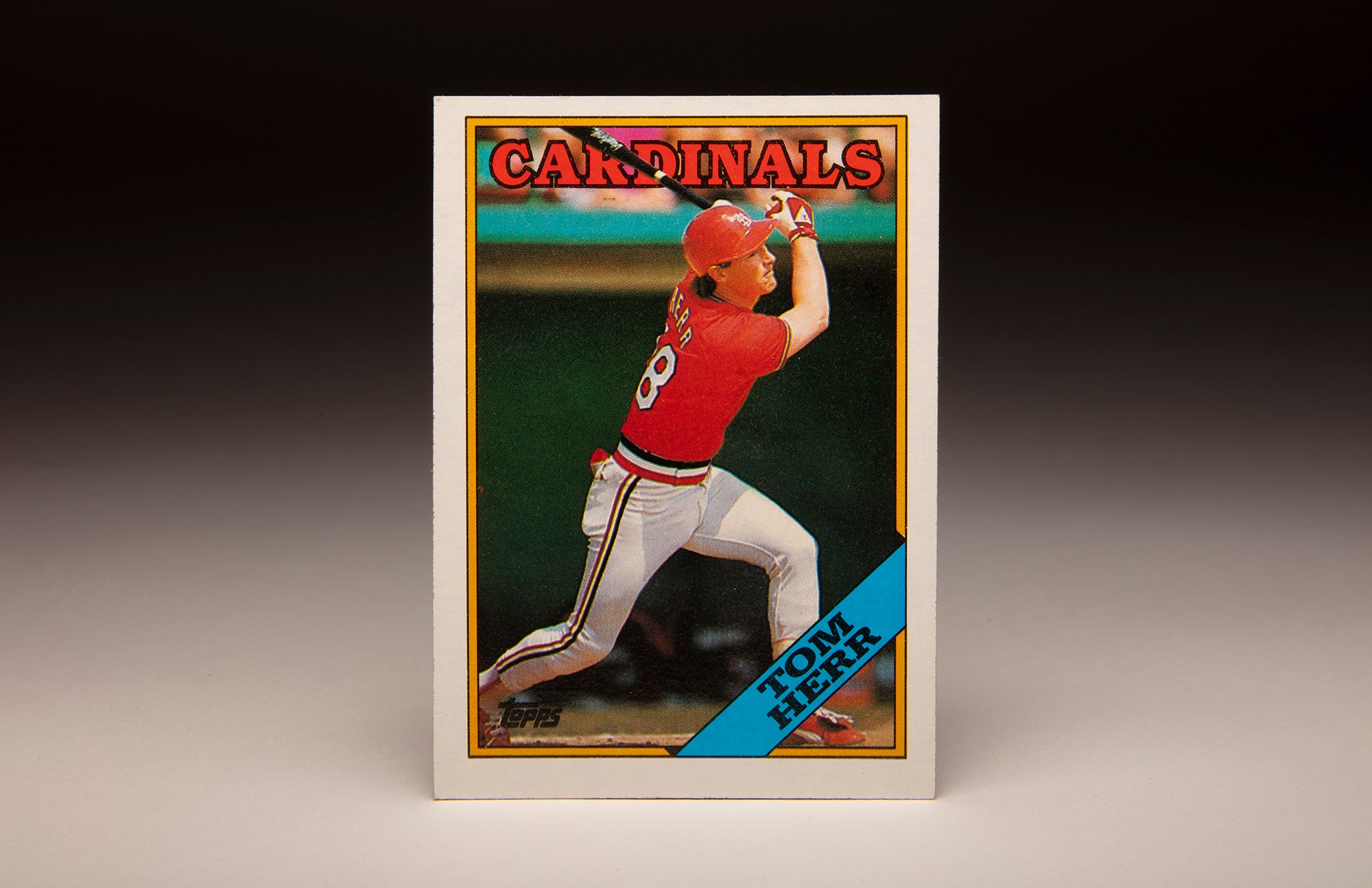
#CardCorner: 1988 Topps Tom Herr
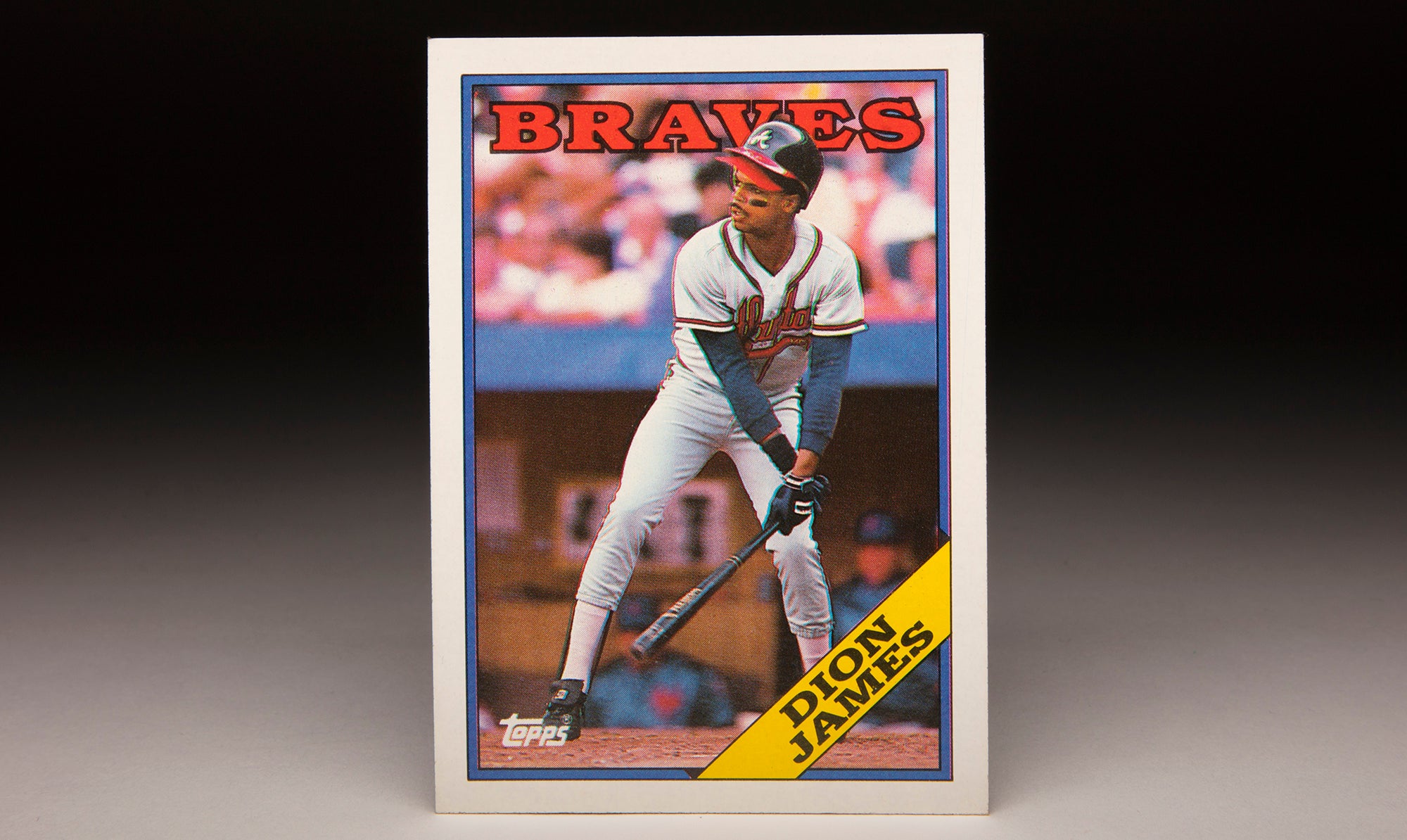
#CardCorner: 1988 Topps Dion James

#CardCorner: 1988 Fleer Bobby Bonilla

#CardCorner: 1988 Topps Don Slaught

#CardCorner: 1988 Topps Tom Herr

#CardCorner: 1988 Topps Dion James


